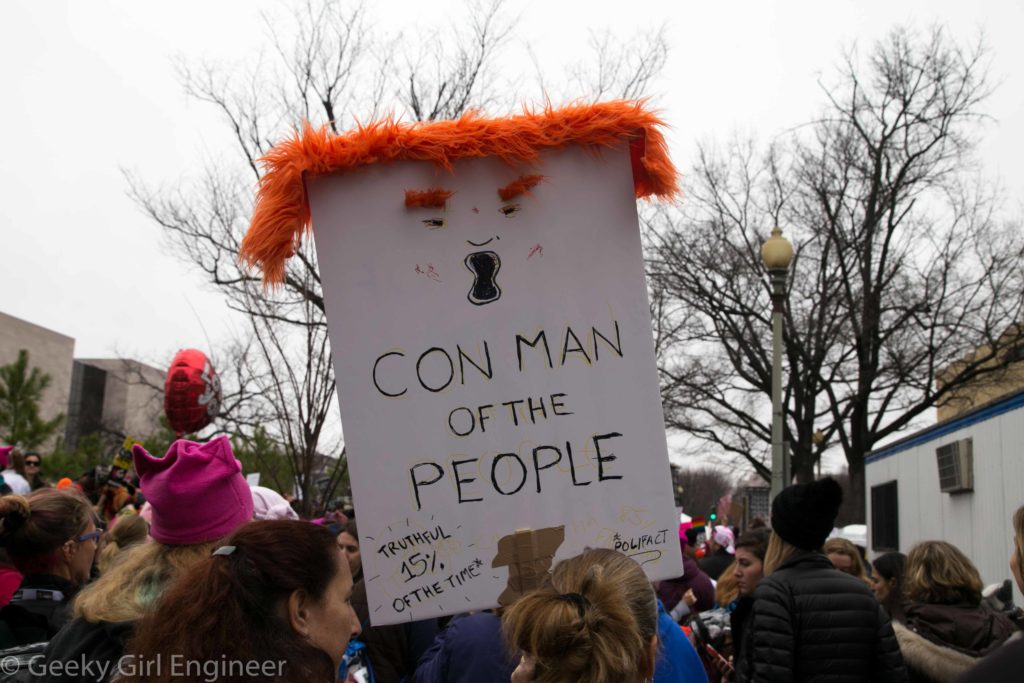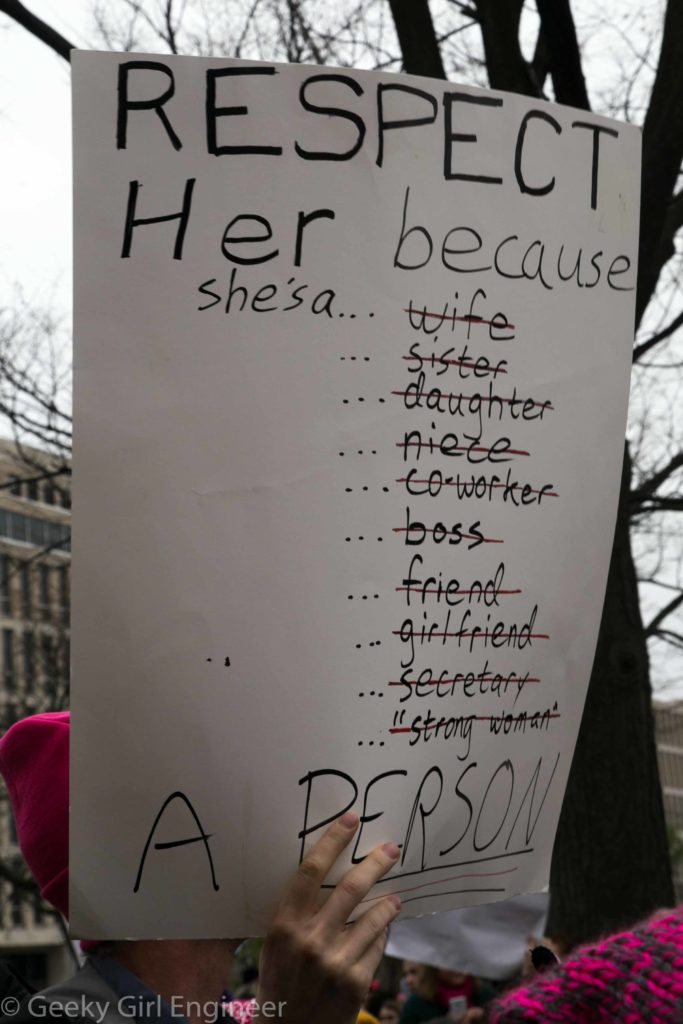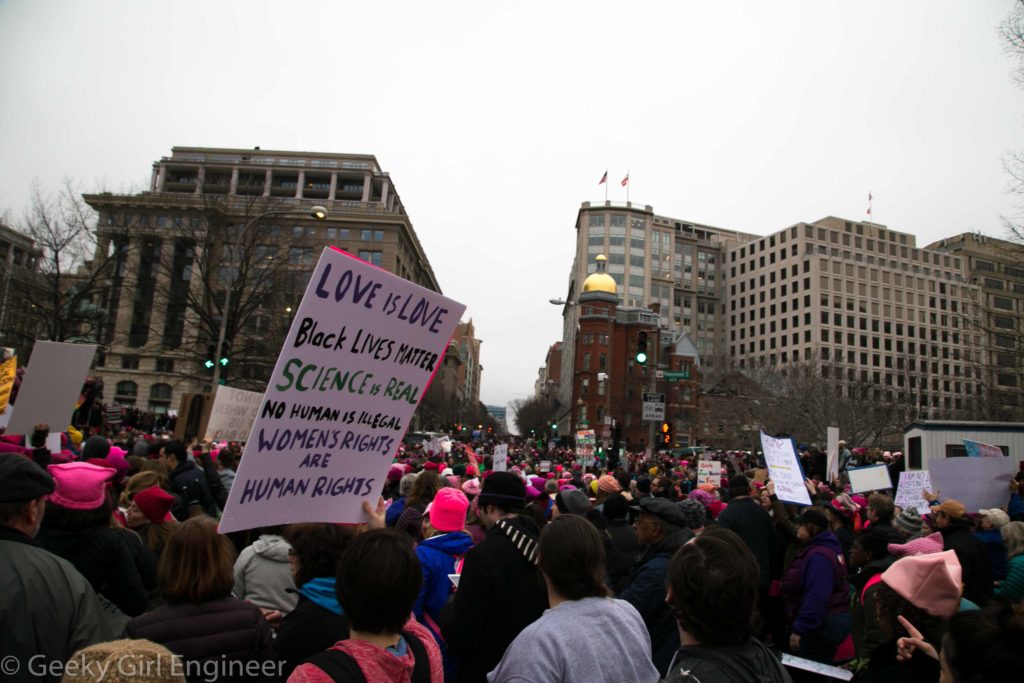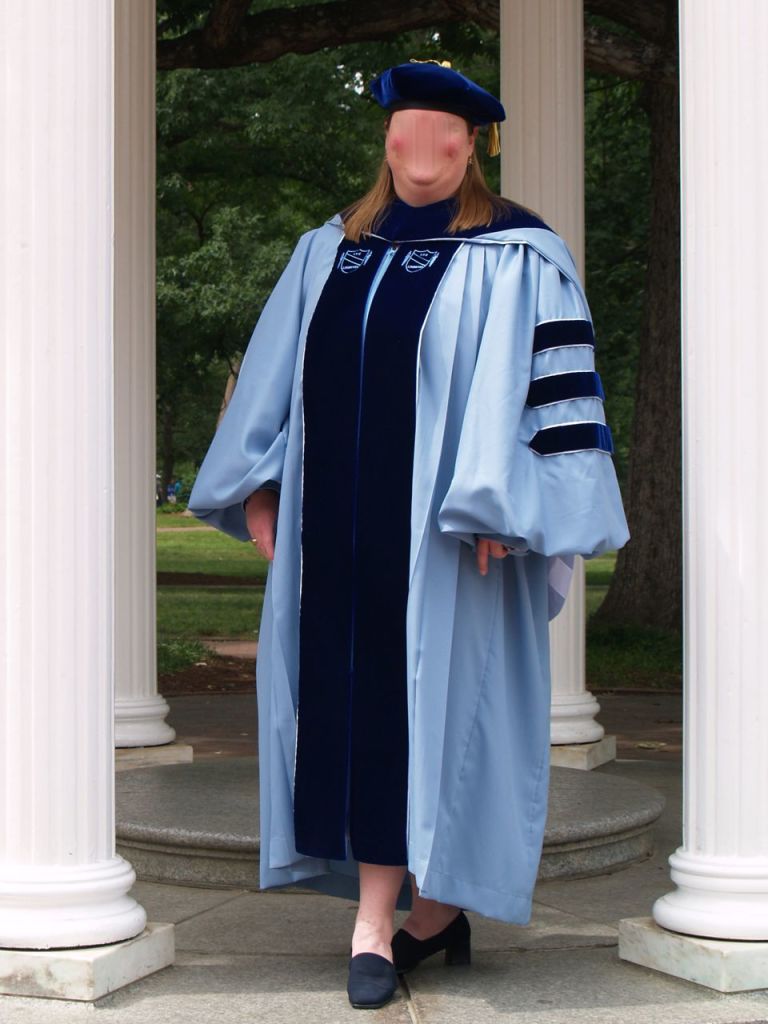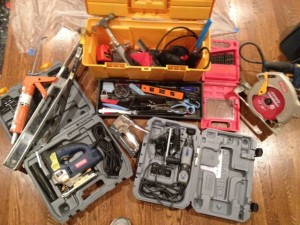I went to the Women’s March on Washington today. I have only been to one of rally in my life, and that Jon Stewart’s and Stephen Colbert’s Rally to Restore Sanity. Clearly, I generally don’t go to rallies or protests, but this was one I really felt I had to go to. The day started out how I was sort of worried it might: a line to get into the Metro. I do have to compliment WMATA staff though. The trains were packed, but the workers were doing their best to keep things moving and helping people. They were helped by all the people going to the rally were in a really good mood and patiently waited for the train. Three trains went by where maybe one person could board because they were already full. Finally the fourth came, and there was barely anyone on it, and everyone in the station cheered and quickly got on. Then we got to L’Enfant to exit for the rally. We had to wait in line to get out. I think part of the problem was that all the escalators were off, which I think is a safety function when there are too many people. It wasn’t really a problem because we just started rallying in the subway station.
Then after getting to the surface, it was a slow walk towards the rally stage. I think I got as close as a block or so. After reading the news this evening, it was amazing I could get that close as all the streets were full. The published schedule was that the rally would be from about 10-1, and then the march would start. The march was supposed to be down Independence Ave, then turn down 14th St., then turn down Constitution Ave, and walk to The Ellipse. I got to the rally area around 12:30 and could halfway hear the speakers. Everyone was happy and joining in chants. After about 1:30, we started our own chants like “let us march” or just “march.” People were tired of listening to people and just wanted to march. Some time after 2:30, they said that there were too many people, so we would end on Constitution Ave, not The Ellipse. Then we thought we would march, but no, there were more speakers. There were many, many speakers. Then finally around 3, they said the route had changed, and now we would walk across 4th and then turn onto Constitution Ave. Finally a bit after 3, my area of people just started marching. Honestly I have no idea how many people had already started marching well before. I just followed people. When I was able to move, I moved. Evidently the people I followed either didn’t know where Constitution Ave was or didn’t care because everyone just kept walking to Pennsylvania Ave. There were people on Constitution Ave, and they all seemed to be walking back to join the people on Pennsylvania. So we marched on Pennsylvania, and people sat in the bleachers from the inauguration parade and cheered us on. People were in buildings all along the street cheering. I have to give props to DC police, National Guard, and everyone else out there who has to keep order. We were an orderly, happy, loud bunch, and they let us be. I am quite sure we were not supposed to be on that street, but they let us march. We chanted, clapped, and waved to people and let ourselves be known. One of the chants that I liked the best was “this is what democracy looks like.”

The guardsman on the left was taking photos of the crowd for people. They would hand him their phone, and he would take photos or a movie for them.

An interesting contrast of people exercising their First Amendment Rights, in front of the Newseum with the First Amendment written on the side of the building with people cheering from the building with a “Welcome President Trump” sign



